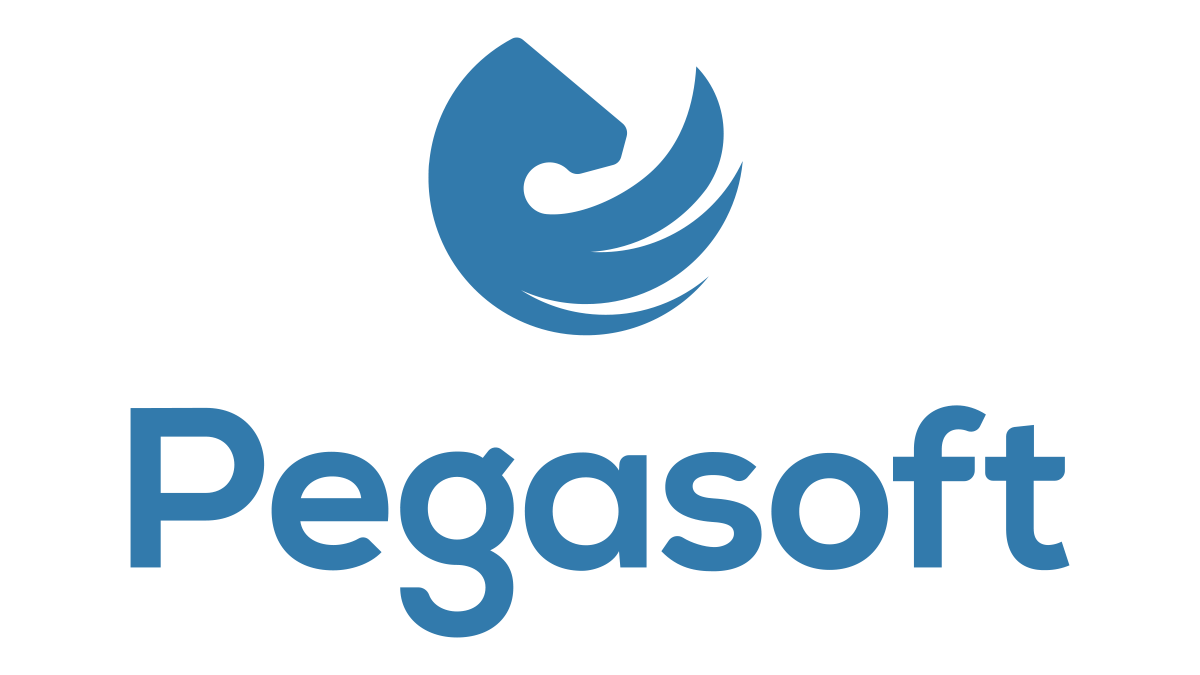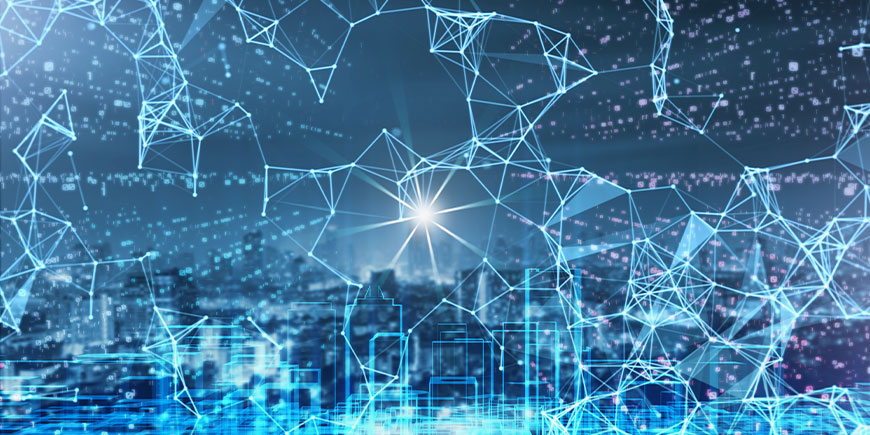Pigeon is an artificial intelligence system that can locate where a photo was taken.
Three Stanford graduate students have created an artificial intelligence system that can locate the geographical area where a photograph was taken with remarkable accuracy.
The features of Pigeon
Called “PIGEON” (Predicting Image Geolocations), the AI has been trained using information from Google Street View and is able to quickly and easily identify where a photo was taken.
The three developers claim that PIGEON is able to correctly guess the country where a picture was taken 95 per cent of the time, usually within a radius of about 40 kilometres of the actual location.
To create PIGEON, the Stanford students were inspired by GeoGuessr, the online game that randomly selects a location from Google Street View and asks the user to guess where it is by pointing to it on the map. The researchers used a neural network called CLIP from OpenAI, which can learn from images using natural language descriptions, and trained it using Street View.
Silas Alberti, one of the three students who developed PIGEON, explains: “We created our own dataset of about 500,000 Street View images. It’s not really that much data, but we were able to achieve a spectacular performance”.
The challenge against Trevor Rainbolt
The developers tested PIGEON against Trevor Rainbolt, one of the most famous GeoGuessr players, who is known on the web for being able to locate old family photos with apparent ease. PIGEON often beats Rainbolt, and the researchers point out that the AI has never previously ‘visited’ any of the specific locations requested during the competition.
Potential and uses
Given the very limited budget on which the three Stanford students built PIGEON, there is no doubt that the results are astounding and demonstrate how the potential of artificial intelligence can be skilfully harnessed to create powerful tools. This underlines once again the importance of approaching the development of AI with a clear understanding of the risks involved.
In the case of PIGEON, possible applications could include identifying places where a photograph may show a need for rescue or maintenance but whose location is unknown, or anchoring a study of how places change over time, or even visual investigation activities for investigative journalism or law enforcement.
The potential negative consequences are also immediately apparent, particularly in the area of confidentiality and privacy, especially when one considers how precise and accurate such systems will become in the future.
Sources and Data
- Hardware upgrade – articolo di Andrea Bai


